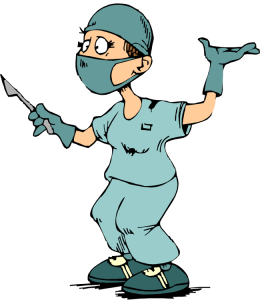Potential Problems:
Diaphragm problems are one reason an individual may experience continued hiccups. A tumor or abscess on the diaphragm, diaphragm nerve irritation, and the like are sometimes the culprit. There are other physical conditions that could irritate the diaphragm muscle and this could cause hiccups. Pregnancy, pleurisy, pneumonia, stomach disorders, kidney failure, pancreas disorders, intestine disorders, hepatitis, esophagus abscess, liver disease, heart attack, esophagus tumor, chest tumor, inflamed intestines, psychological disorders, heart surgery, back surgery, and even long surgery could result in the hiccups. Some individuals may develop the hiccups after a reaction to anesthesia. Brain damage can also be the cause of hiccups.
If when examined the patient does not appear to have any specific health problem causing the hiccups then the doctor may prescribe various medications including tranquilizer Valium or an antispasmodic like Reglan to help the body relax and stop hiccupping. Sometimes passing a tube through the nose down to the stomach can help stimulate the throat and release trapped air, which can stop the hiccups in their tracks. In other cases, doctors may choose to use lidocaine to numb the throat to help stop the hiccups.
If an underlying condition is found to be the cause of the hiccups then treating it is usually enough to get the hiccups to take a hike. When nothing seems to work, then the doctor must get creative and find ways to help the patient end their battle with the hiccups.
Having the hiccups for a couple hours can be annoying, but imagine having recurrent hiccups for months or even years. One particular case involved chronic hiccups for 60 years. This could truly be unbearable and have a significant impact on work and life. As a result, anyone suffering from persistent or recurrent hiccups should seek medical care as soon as possible to seek out possible causes and determine the correct course of action.



























